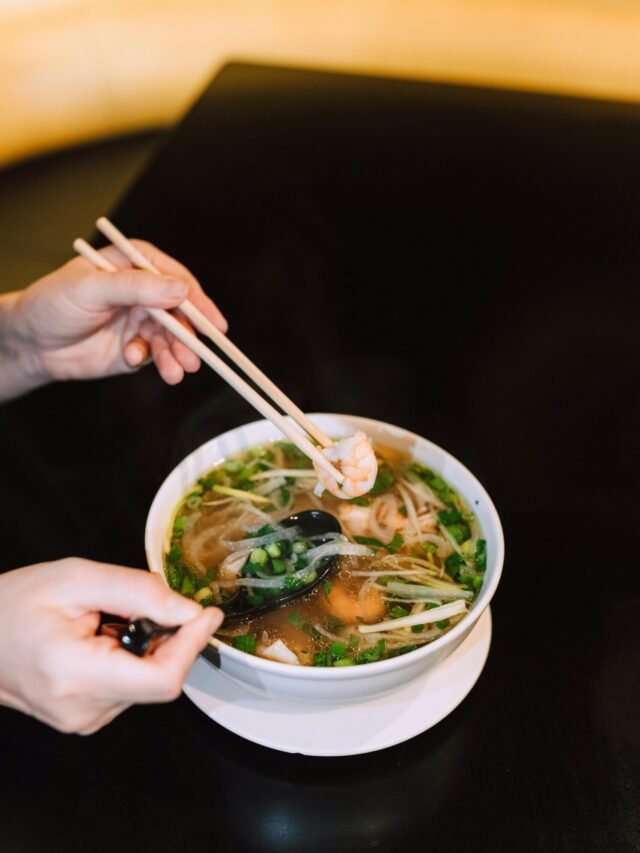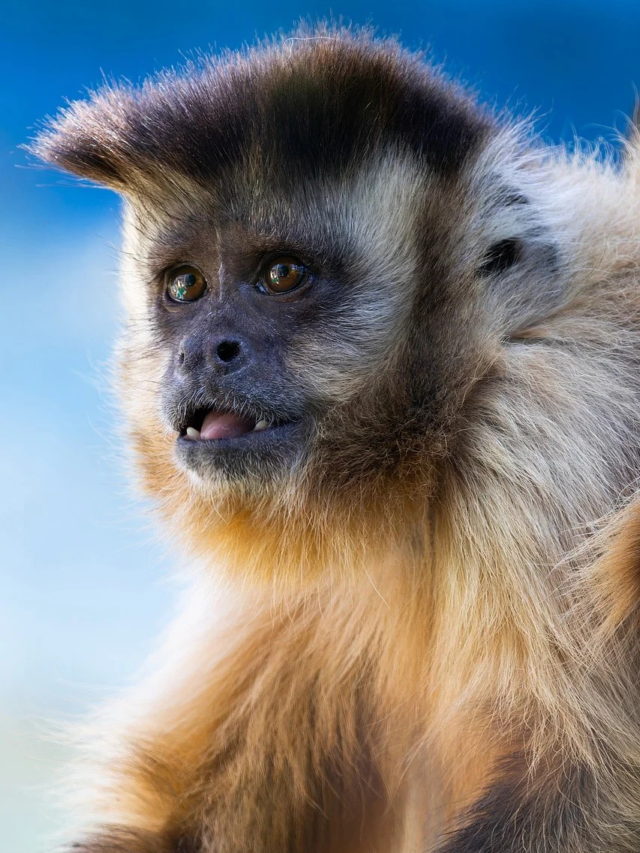
Nestled amidst the warm and tropical landscapes of Okinawa, Japan, lies a remarkable community of vibrant centenarians, exuding health and happiness as they thrive past the age of 100.
For over two decades, author Dan Buettner has delved into the enigma of Okinawan longevity, seeking to unravel their secrets and glean insights from their lifestyle. Among the multitude of factors contributing to Okinawans’ prolonged lives, Buettner is convinced that their predominantly plant-based diet, abundant in nourishing vegetables and greens, plays a pivotal role.
During a recent expedition to this region, Buettner pondered the existence of a solitary food item or a specific ingredient that could serve as the key to Okinawans’ exceptional longevity—a proverbial silver bullet. Could it be that the humble purple potato held the secret elixir of their enduring vitality?
However, as revealed in the upcoming Netflix docuseries “Live to 100: Secrets of the Blue Zones” (premiering on August 30), Buettner encountered a different perspective. Yukie Miyaguni, a culinary instructor from Okinawa, shared that there isn’t a singular ingredient that holds the ultimate answer. Instead, the Okinawan approach to nutrition traces its roots back centuries, to the era when their cluster of islands was part of the Ryukyu Kingdom. During this time, food was revered as a form of medicine.
Okinawan culinary experts emphasize that their approach diverges from conventional medicine; there’s no singular secret formula or straightforward remedy. Instead, their wisdom rests in a compilation of at least seven essential dietary cornerstones, fostering well-being and longevity in the Japanese subtropical climate.
Purple sweet potatoes are a staple of the Okinawan diet

During the 1950s, a time when the rest of Japan was predominantly consuming a diet consisting of around 50% rice, Okinawans stood apart by deriving a substantial 67% of their daily caloric intake from the slender purple sweet potatoes known as beni imo.
Characterized as “typhoon-proof” due to their hardiness, these nutritious complex carbohydrates, as emphasized by Buettner, are abundant in fiber and are also enriched with a higher level of antioxidants compared to blueberries.
Miyaguni attested to the significance of sweet potatoes, stating, “Okinawa experienced a period of food scarcity, and these potatoes came to our rescue.” She concurred that sweet potatoes were a pivotal factor in the equation, but she also stressed the powerful medicinal properties present in all types of foods.
The local populace relies on an assortment of ingredients and dishes known for enhancing longevity. Alongside sweet potatoes, both Miyaguni and Buettner underscore various other essential components in the docuseries that naturally contribute to the well-being of Okinawan seniors.
Buettner clarifies, “When considering their diet, it’s not a single ingredient or compound that solely accounts for Okinawan longevity.” Instead, the crux of their longevity diet revolves around an array of wholesome foods that instinctively counteract conditions like cancer, heart disease, and diabetes. These exceptional ingredients, readily accessible in Okinawa, encompass:
Green mulberry leaves
Miyaguni suggests that mulberry leaves are effective in soothing sore throats. Research indicates that these nutrient-dense leaves might also play a role in combating inflammation while regulating blood sugar and cholesterol levels.
Squid-ink soup
This flavorful broth contains enzymes, amino acids, and hormones that could potentially bolster immunity and enhance blood pressure regulation. According to Miyaguni, it serves as a beneficial means of “detox.”
Asa seaweed
Loaded with nutrients like iodine and antioxidants, seaweed plays a crucial role in maintaining cell health. In Okinawa, this specific variety is consumed to counter the heat on hot days, as explained by Miyaguni.
Mugwort
Recognized for its bitter taste that pairs well with pork, mugwort leaves might aid digestion.
Goya
A favored vegetable for stir-fries in Okinawa, this Japanese bitter gourd—sometimes referred to as bitter melon—stands out due to its softer, more melon-like texture compared to the gourds commonly found in the United States. Similar to other traditional Okinawan plants, goya contains compounds that could contribute to lowering blood sugar, potentially explaining the region’s lower diabetes rates compared to other parts of Japan.
Okinawan tofu
Distinct from other tofu types, Okinawan tofu, known as shima-dōfu or “island tofu,” is rich in soybeans, which are raw-squeezed before boiling instead of after. This unique process yields even higher protein and healthy fat content. This firm tofu variety is traditionally made using a saltier coagulant than mainland tofu, showcasing its exceptional nutritional profile.
While sourcing these exact foods may be challenging, if not impossible, in local markets, there are strategies for emulating an Okinawan diet.
In Okinawa, individuals consume roughly 1,500 fewer calories per day than their American counterparts, adhering to the age-old Confucian eating principle known as “hara hachi bun me,” which advocates eating until one is about 80% full.
Additionally, red meat and processed foods have a limited presence in Okinawan meals. Instead, their diet predominantly revolves around plant-based options—foods abundant in fiber and essential nutrients that offer both delectable flavors and protection against chronic diseases.















